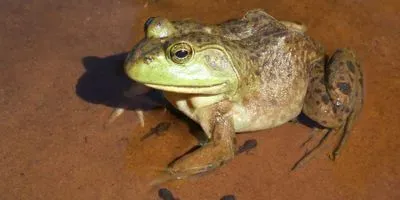A new study by ecologist André de Roos shows that differences between juveniles and adults of the same species are crucial for the stability of complex ecological communities. The research, published in Proceedings of the National Academy of Sciences, represents a major advance in ecological modeling at a time when biodiversity is declining and species around the world are rapidly going extinct.
Up to now, ecological models have focused exclusively on the interactions between species, ignoring the variations within them. The dragonflies, frogs, trout, and phytoplankton in a freshwater pond, for example, would be represented as nodes in a network, connected by edges that represent how each species feeds on the others.
Using computer simulations, de Roos was able to model both the number of total species in a community and key variations within the same species, accounting for differences between juveniles and adults. He says these differences arise not only because adults reproduce, while juveniles grow and mature, but also because juveniles, being of smaller body size, are generally more limited by food availability than adults and run a much greater risk of being captured by predators. These differences lead to variations over time in the ratio of juveniles to adults, which tip the entire community from instability to stability.
"On the basis of the network of species interactions alone the simulated communities are predicted to be wildly unstable," he writes, "but these destabilizing forces are swamped and fully attenuated by the stabilizing effects of the dynamics of juvenile and adult densities."
The study advances a long-running debate in ecology over the relationship between species diversity and ecosystem stability. (A debate which, de Roos notes, was fueled by a 1972 paper by the late ecologist Robert May).
"Ecologists have long intuited that diversity can stabilize ecosystems, and even protect them against collapse," de Roos says. "Theoretically, however, we struggled with a good explanation for that idea. What we're now discovering through computation and quantitative analysis is that our existing theories fall short, because diversity is more than just a number of species connected by a network of interactions. The interplay between different types of complexity is what determines the function of the system."
- This press release was originally published on the Santa Fe Institute website











